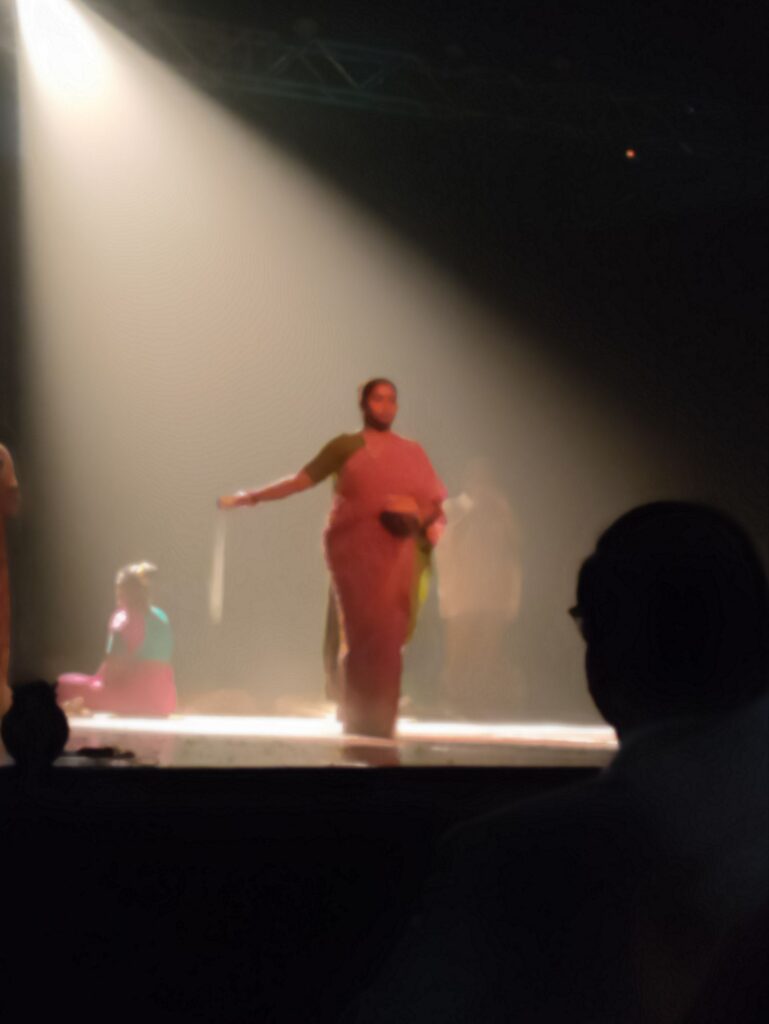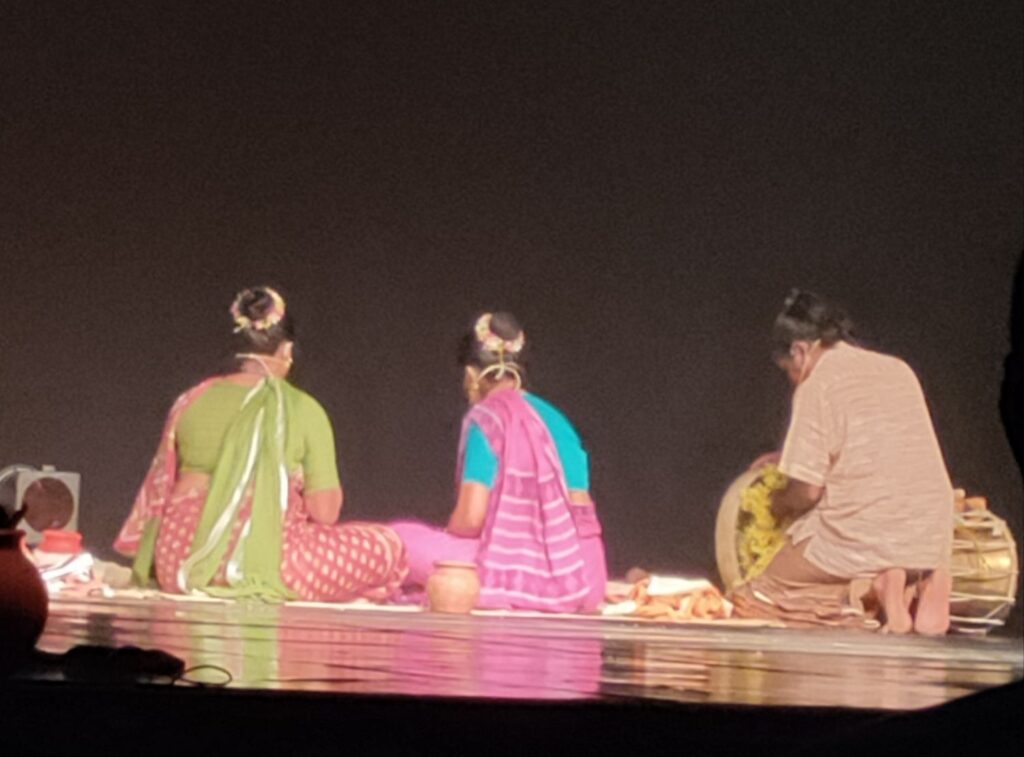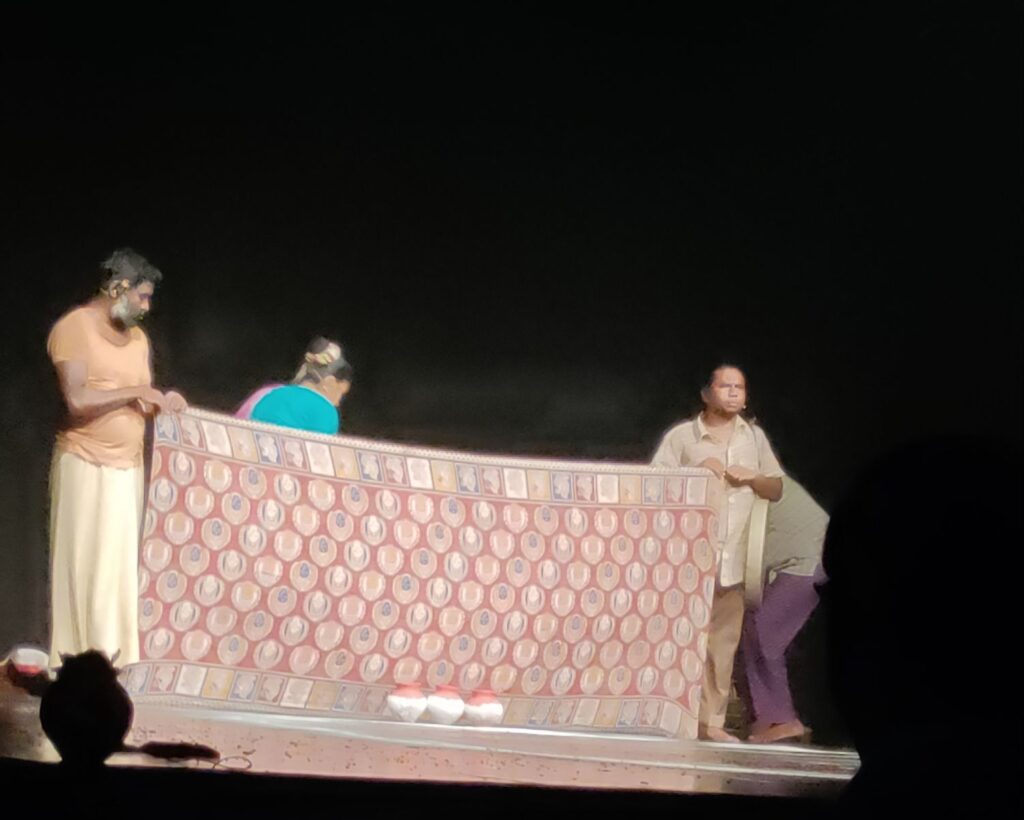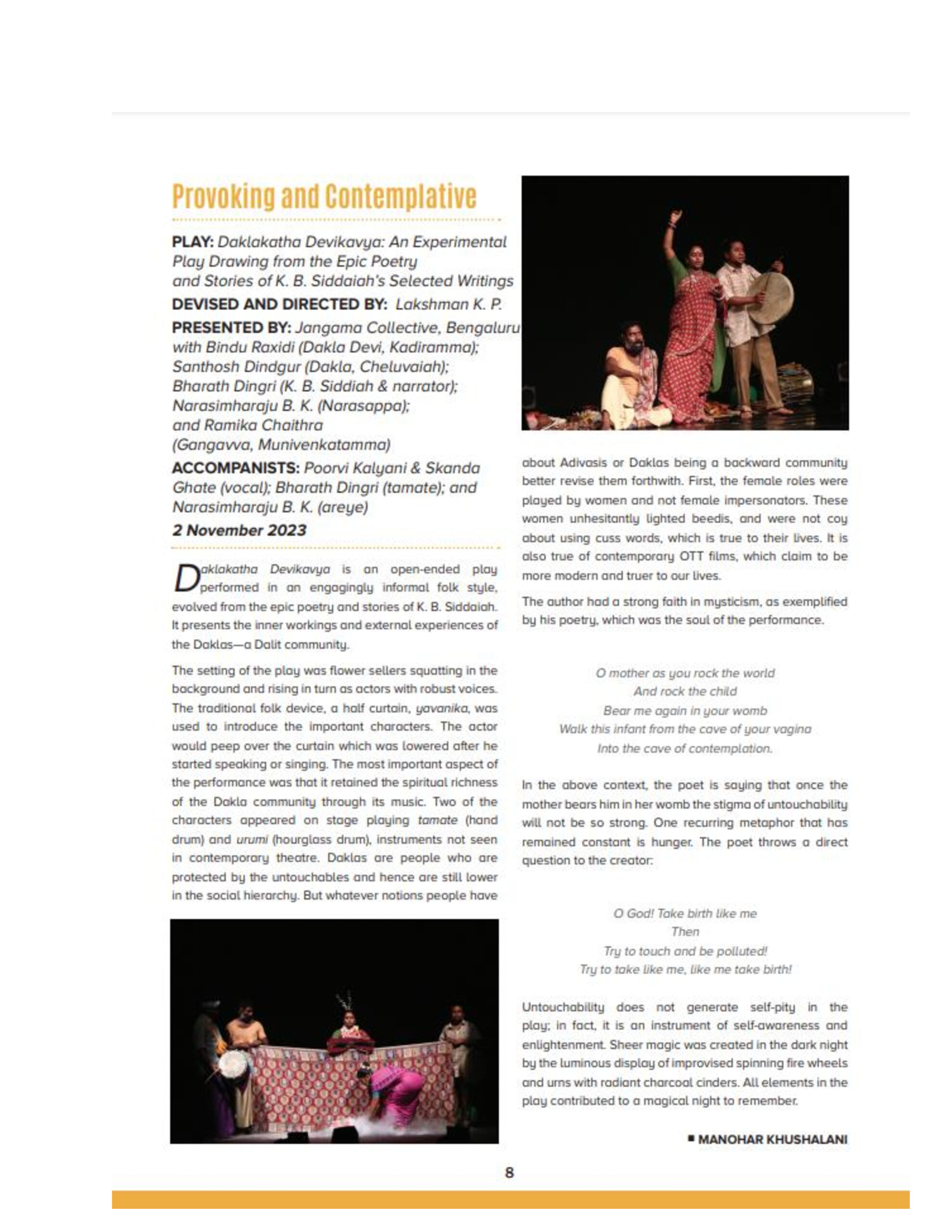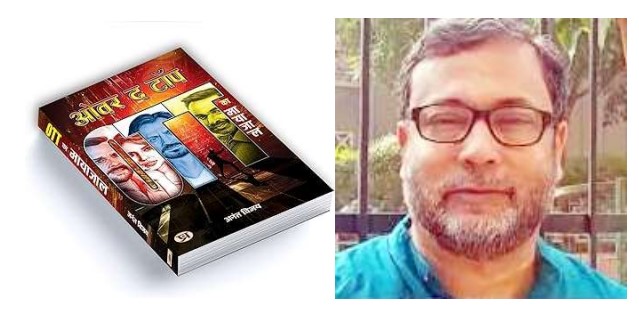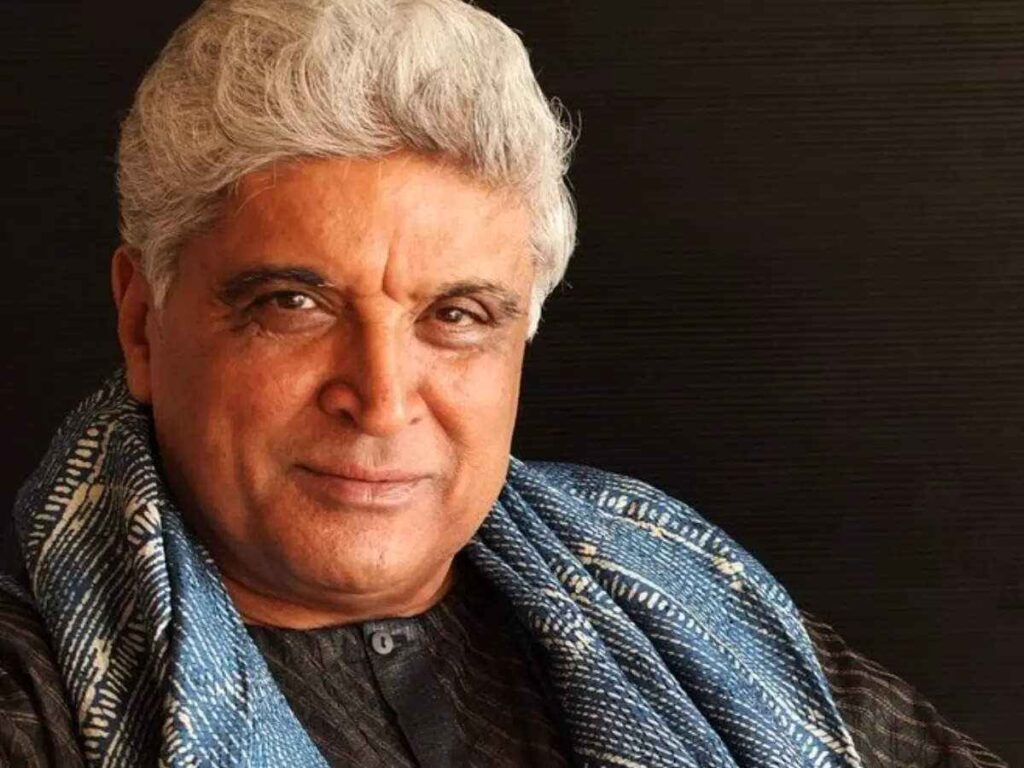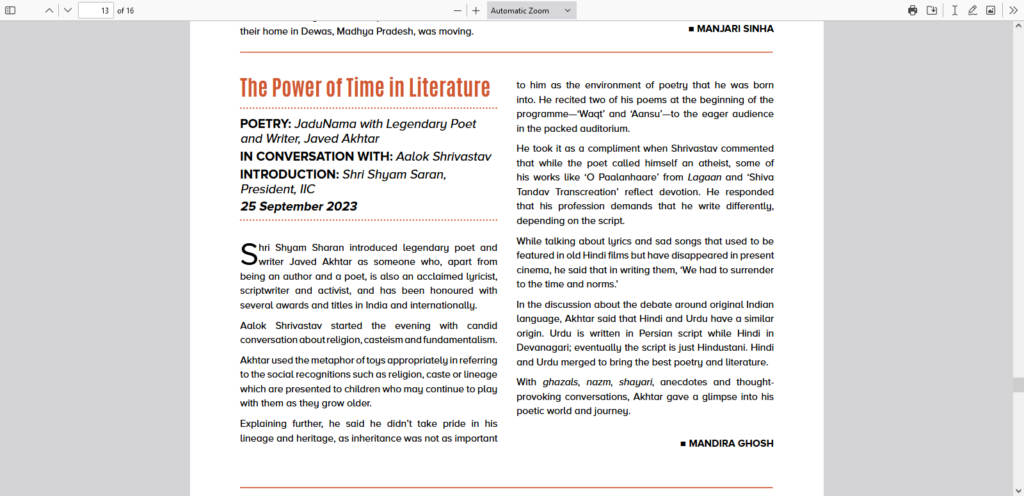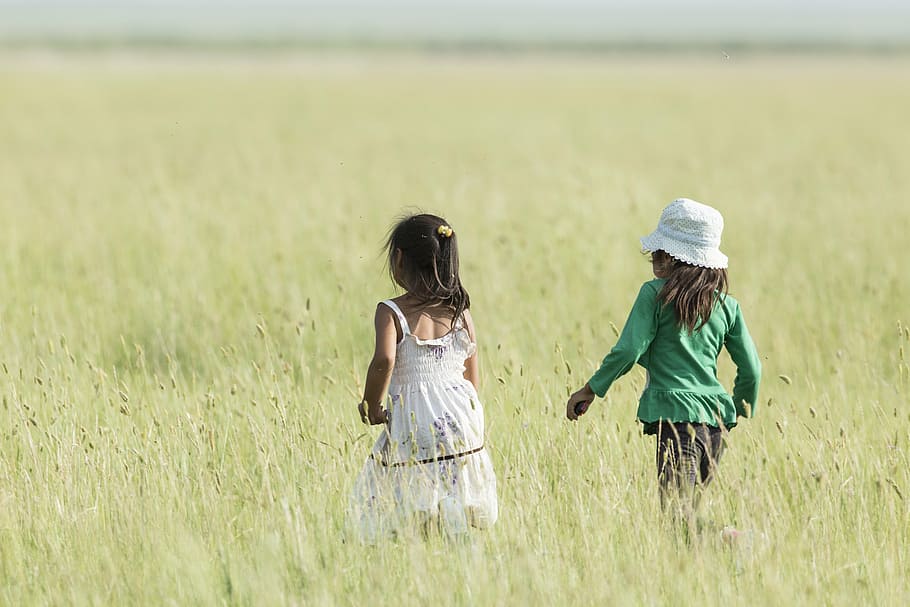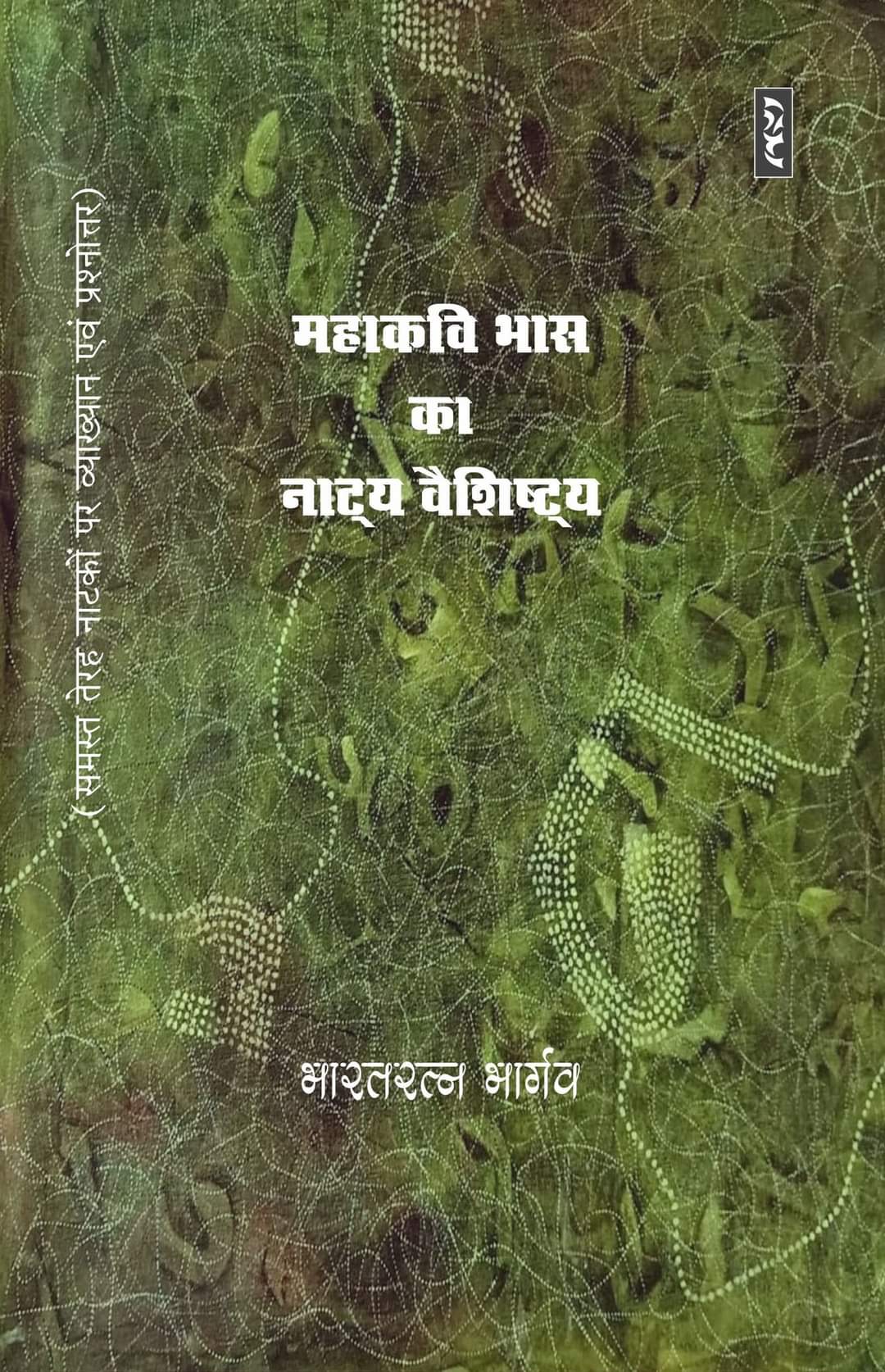World’s largest literature festival concludes
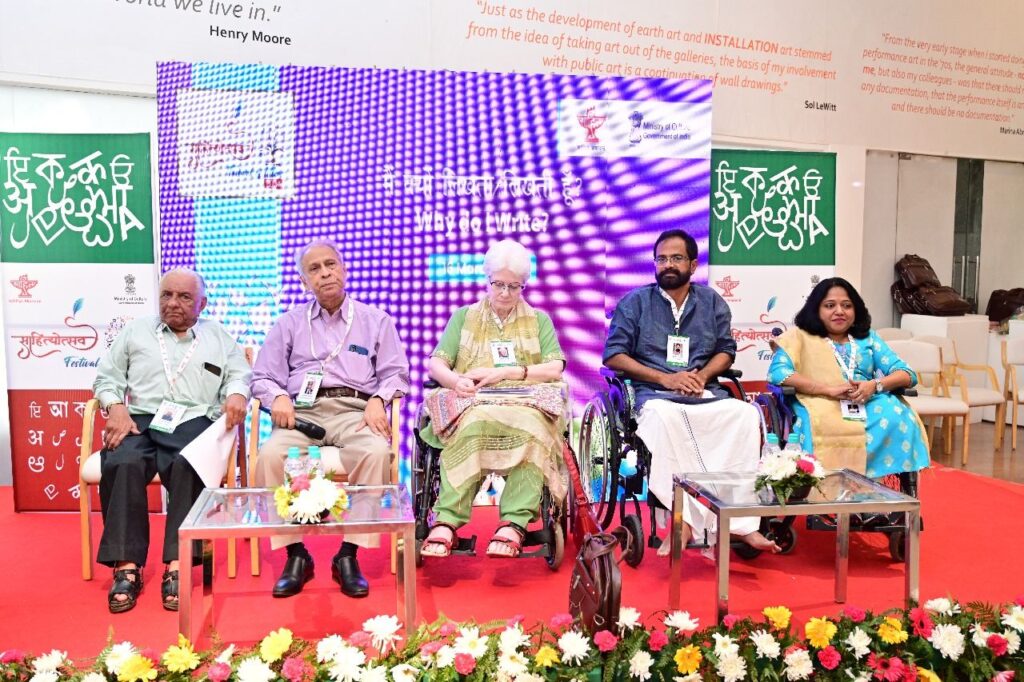
Einstein World Records gives certificate of achievement
The last day was dedicated to the differently abled writers
More than 850 children of Delhi NCR More took part in the programme ‘Aao Kahani Bune’
New Delhi, 16 March 2024: The Festival of Letters 2024, which is being organized by Sahitya Akademi as the world’s largest literature festival, concluded today. The last day of this six-day festival was dedicated to differently abled writers. To provide national platform to differently abled writers All India Differently Abled Writers’ Meet was organized. To awaken interest in literature among children many competitions were organized for more than 850 children at the programme ‘Aao Kahani Bune’. Today’s other important programmes included “Symposium on the Life and Works of Gopi Chand Narang”, “Translation in a Multilingual, Multicultural Society”, “Preservation of Indian Languages”, “Translation as Rewriting/re-creation in the Indian Context”, “Indian English Writing and Translation”. Apart from this, the ongoing national seminars on “Indian Oral Epics” and “Post-Independence Indian Literature” also concluded.
Considering this six-day festival as the world’s biggest literary festival, today the team of Einstein World Records, Dubai, presented the certificate of a world record in ceremoniously to Sri Madhav Kaushik, Prof. Kumud Sharma and Dr. K. Sreenivasarao, respectively President, Vice President and Secretary, Sahitya Akademi. The certificate mentions the participation of more than 1100 writers in 190 sessions in this world’s largest literature festival that lasted six days and over 175 languages were represented. Delivering the inaugural address at the inaugural session of the All India Differently Abled Writers’ Meet, renowned English scholar Prof. G.J.V. Prasad said that we have to work with awareness and affection in connection with the differently abled. Disability is not congenital but many times we acquire it due to our own ignorance and carelessness. He requested all the differently abled writers to identify their special abilities and work on them, they must achieve their destination. In her presidential address, Vice President of Sahitya Akademi, Prof. Kumud Sharma, while discussing the achievements of the differently abled people in various fields, said that the differently abled people will have to move forward with the energy and courage, only then they will be able to achieve their desired destination.
At the beginning of the inaugural session, Sahitya Akademi Secretary Dr. K. Sreenivasarao while giving the welcome address said that Sahitya Akademi is feeling proud to have differently abled writers from 24 Indian languages present here today. Remembering the great writer and critic Gopichand Narang, a symposium was organized on his literary contribution. The chief guests of which were Sri Gulzar and Narang ji’s wife Manorama Narang. Sri Gulzar in his inaugural address said that the personality and work of Gopi Chand Narang is a beautiful combination of his talent and greatness. The key-note was given by the eminent Urdu scholar Nizam Siddiqui. Sadiqur Rahman Kidwai delivered his speech as the special guest. Sahitya Akademi President Madhav Kaushik presided over. Introductory remarks were made by Sri Chandra Bhan Khayal, Convener of the Urdu Advisory Board. Important writers and scholars who participated in these programmes were – Harish Narang, Damodar Khadse, Anvita Abbi, Rita Kothari, K. Enoch, Debashish Chatterjee, Udaya Narayana Singh, Mamang Dai, Sukrita Paul Kumar, Shafe Kidwai, Shamim Tariq.
(K. Sreenivasarao)
